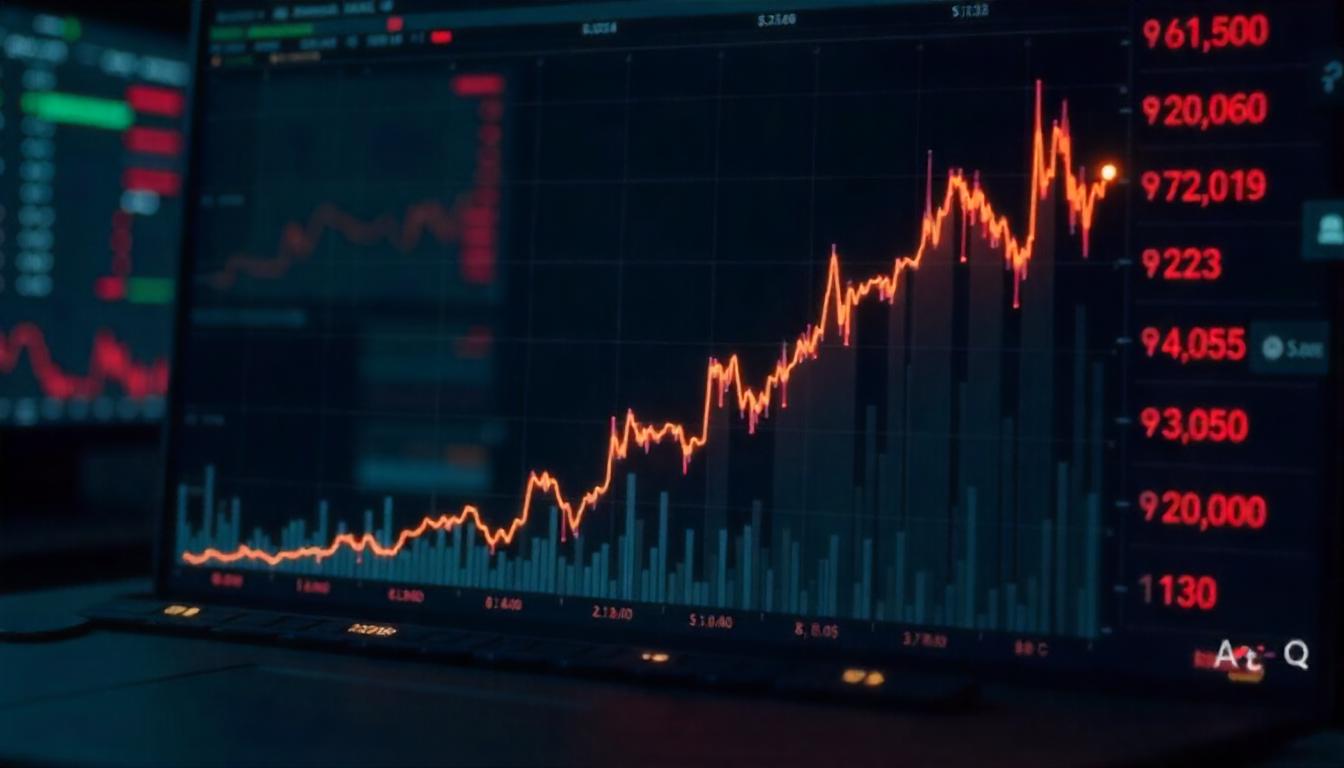Bitcoin’s Risk-Adjusted Returns Decline as Volatility Increases
Bitcoin’s performance in early 2025 has been turbulent, with significant price swings causing a notable decline in its risk-adjusted returns, according to data from research firm Ecoinometrics.
While Bitcoin’s overall returns in the past year have remained comparable to gold—a traditional safe-haven asset—its risk-adjusted performance suggests it is behaving more like a volatile stock index. Increased price fluctuations have contributed to a more uncertain investment landscape for the cryptocurrency.
Risk-adjusted returns measure an asset’s profitability in relation to its price volatility. A higher ratio indicates strong returns with lower risk, while a lower ratio suggests increased instability and unpredictability.
Bitcoin’s struggles can be attributed to multiple factors, including escalating trade tensions, geopolitical uncertainty, and confusion surrounding President Trump’s stance on cryptocurrency regulation. As a result, Bitcoin is slightly down year-to-date, whereas gold has gained more than 11%.
“Bitcoin and gold currently have a negative correlation based on a 20-day moving average over a five-year period,” said CoinDesk analyst James Van Straten. “Historically, when this correlation turns negative, Bitcoin has been near a market bottom—this pattern emerged in early 2023, summer 2023, summer 2024, and again now. If the trend holds, BTC could be poised for a rebound.”
This shift in risk perception may influence Bitcoin’s attractiveness to institutional investors, who prioritize assets with stable risk-adjusted returns. While Bitcoin continues to be viewed as “digital gold” in the long term, its short-term behavior increasingly mirrors that of traditional equities rather than a safe-haven asset.





